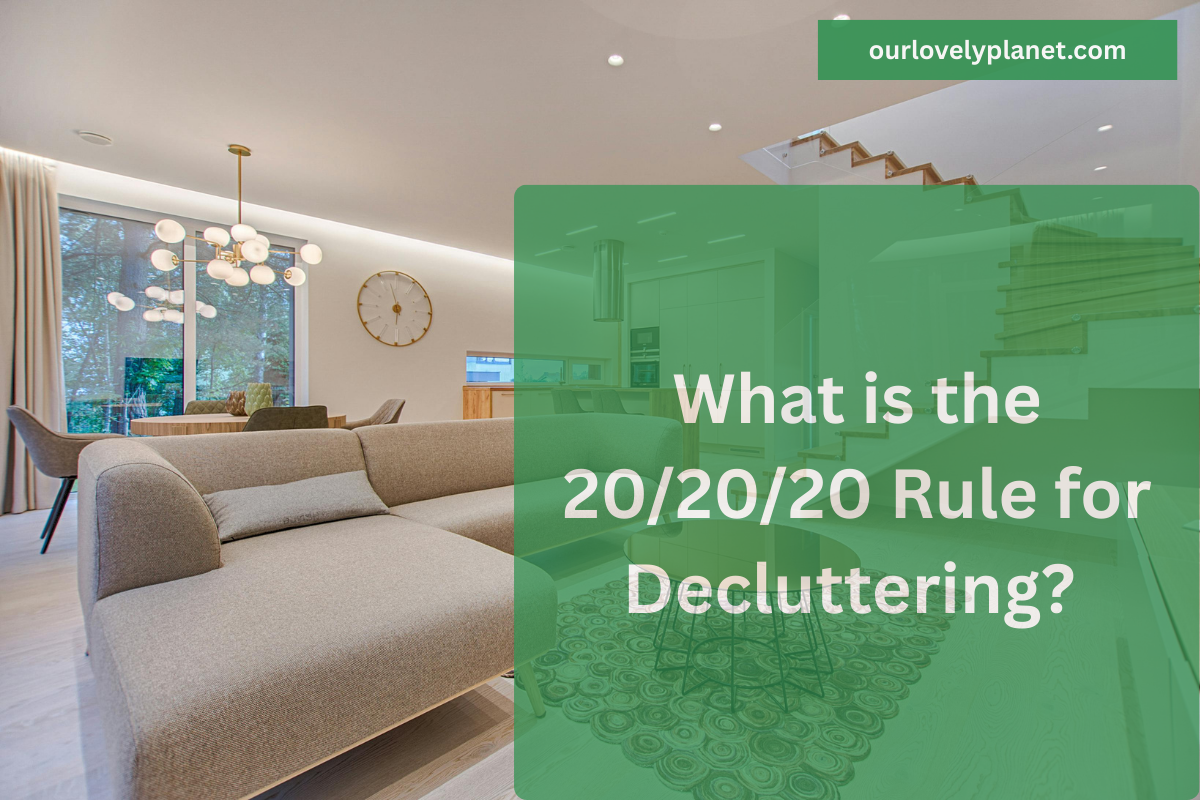You know that feeling. You’re standing in a store, holding a jacket, a blender, or maybe a cute ceramic bowl. It looks great. The price is right. But something tugs at you.
Who made this? What’s it made of? Was someone underpaid or even hurt making it? How long will it last before it ends up in a landfill?
Most of us don’t have the answers. Not because we don’t care, but because the truth is hidden. The modern supply chain is a tangled web, and we’ve been trained to look at the front label, not the backstory.
But a quiet revolution is changing that. It’s called the Digital Product Passport. And it might just flip the script on how we consume.
What Is a Digital Product Passport (DPP)?
Think of it like a birth certificate, but for your stuff.
A Digital Product Passport (DPP) is an accessible, digital record that reveals the full story behind a product. It shares what the item is made of, where those materials came from, who made it, how it was manufactured, how it got to you, and how you can reuse, repair, or recycle it when the time comes.
In other words, it tells the truth. And that truth has power.
Some DPPs are accessed via a QR code printed on the product or packaging. Others use embedded NFC chips or digital tags connected to an app or website. No matter the format, the purpose remains the same: Radical transparency.
Imagine picking up a cotton shirt and scanning a code on its tag. You find out the cotton came from a regenerative farm in India, the shirt was dyed using non-toxic dyes, stitched in a certified fair-wage facility in Kenya, and delivered via low-emission transport. You’re told how to wash it properly, how to repair it, and where to send it when it’s worn out.
It’s like a nutrition label for ethics. But instead of counting calories, you’re counting carbon footprints, labor rights, and ethical choices.
Why DPP Matters More Than Ever
We’re drowning in products. Fast fashion. Single-use electronics. Disposable homeware. And we’re also drowning in misleading marketing.
Greenwashing is real. According to the European Commission, 53% of green claims made by companies were found to be vague, exaggerated, or misleading. Some brands splash eco-words across their labels without having to prove a thing.
Meanwhile, the global waste crisis is escalating. The average person in a high-income country discards more than 30 kilograms of textiles each year. In 2022 alone, we created over 62 million tons of e-waste. That was 82% up from the amount of e-waste generated in 2010. And like plastics, most of it ends up in landfills or is shipped to poorer nations with lax regulations.

Digital Product Passports cut through that noise.
They don’t rely on branding or slogans. They rely on facts. If a product says it’s sustainable, a DPP gives you the receipts: materials, supply chain data, environmental impact, everything.
For us, it means buying with real confidence. For brands, it means being held to a higher standard. Not just saying the right things, but proving them.
And when that kind of transparency becomes the norm, not the exception, we all win.
How Digital Product Passports Work (Without the Tech Headache)
If you’ve ever scanned a QR code at a restaurant, you can handle a Digital Product Passport.
Here’s how it usually works: the product has a QR code or chip. You scan it with your phone. This takes you to a digital file that contains information curated by the brand, manufacturers, and certified third parties.
What kind of information? That depends on the product. But here are some common elements:
- Source of raw materials and their environmental impact
- Manufacturing conditions and certifications (GOTS, Fairtrade, B Corp, etc.)
- Energy and carbon usage during production and shipping
- Social compliance info, like labor standards and wages
- Repair instructions, care tips, and recycling options
This tool isn’t just for eco-nerds. It’s being baked into regulation. The European Union is leading the charge, requiring DPPs for textiles, electronics, and batteries as part of its 2030 Circular Economy goals.
Some brands are already using them:
- Stella McCartney shows sustainability data for individual fashion pieces.
- Philips adds passports to electronics, detailing repairability.
- Nike and H&M are piloting product traceability through blockchain-backed DPPs.
These aren’t just experiments. They’re shaping the future of commerce.
Can Digital Product Passport Actually Change the World?
Yes, but not just because it’s a tech solution. Because it changes how we think.
Transparency breeds accountability. When companies know the truth will be visible, they make different decisions. They clean up their supply chains. They think twice before cutting corners. And they know we’ll be watching.
For us, it’s a wake-up call. Most of us genuinely want to buy better. We want to know our purchases aren’t fueling injustice or trashing the planet. But until now, that choice wasn’t really ours. Not if we didn’t have the facts.
Digital Product Passports give us those facts.
And the ripple effect is real:
- Products designed with reuse in mind last longer.
- Instructions for repair and recycling mean fewer items in the bin.
- Access to sourcing data helps consumers boycott exploitative industries.
There’s economic impact too. A 2023 survey found that shoppers were willing to spend 9.7% more on average for products with verified sustainability data. That’s not just a trend. It’s leverage. And the more we ask for these passports, the more common they’ll become.
This is about redesigning the system — from one built on disposability and secrecy to one rooted in care, traceability, and regeneration.
How You Can Support the Shift
You don’t need to wait for the whole industry to catch up. You have power now. Here’s how to use it:
Ask better questions. Even if a product doesn’t have a DPP yet, ask brands about sourcing, labor conditions, and end-of-life plans. Your curiosity signals demand.
Shop from transparent brands. Look for companies that publish full supply chain info or are experimenting with DPPs. They’re usually proud to tell you their story.

Vote with your wallet. Every purchase is a tiny vote. Choose the items that align with your values, not just your style.
Back smart policies. Support efforts like the EU’s Circular Economy Action Plan. Push your local representatives to adopt similar rules.
Stay loud and curious. Share what you learn. Tell your friends. Post about great brands doing the work. Pressure the ones who aren’t.
Transparency only becomes normal when we make it the expectation.
The Future Is Honest, If We Want It
Next time you’re holding something, regardless of what it is, pause.
Ask yourself: What’s the story behind this? Who made it? What’s it made of? What happens to it when I’m done?
Right now, those questions are hard to answer. But they won’t be for long.
Digital Product Passports are the beginning of a new relationship between us and the things we own. A relationship built on truth, not marketing. On dignity, not denial. On respect — for people, the planet, and ourselves.
We don’t need to be perfect. We just need to care enough to ask. Because the future isn’t about consuming less. It’s about consuming with conscience. And that starts with one scan.




Some times its a pain in the ass to read what people wrote but this web site is really user pleasant! .
An impressive share, I just given this onto a colleague who was doing slightly analysis on this. And he the truth is purchased me breakfast as a result of I discovered it for him.. smile. So let me reword that: Thnx for the treat! But yeah Thnkx for spending the time to debate this, I feel strongly about it and love studying more on this topic. If attainable, as you develop into experience, would you mind updating your blog with extra particulars? It’s extremely useful for me. Massive thumb up for this blog put up!
Hmm is anyone else having problems with the images on this blog loading? I’m trying to find out if its a problem on my end or if it’s the blog. Any feedback would be greatly appreciated.
I’m truly enjoying the design and layout of your website. It’s a very easy on the eyes which makes it much more pleasant for me to come here and visit more often. Did you hire out a designer to create your theme? Excellent work!